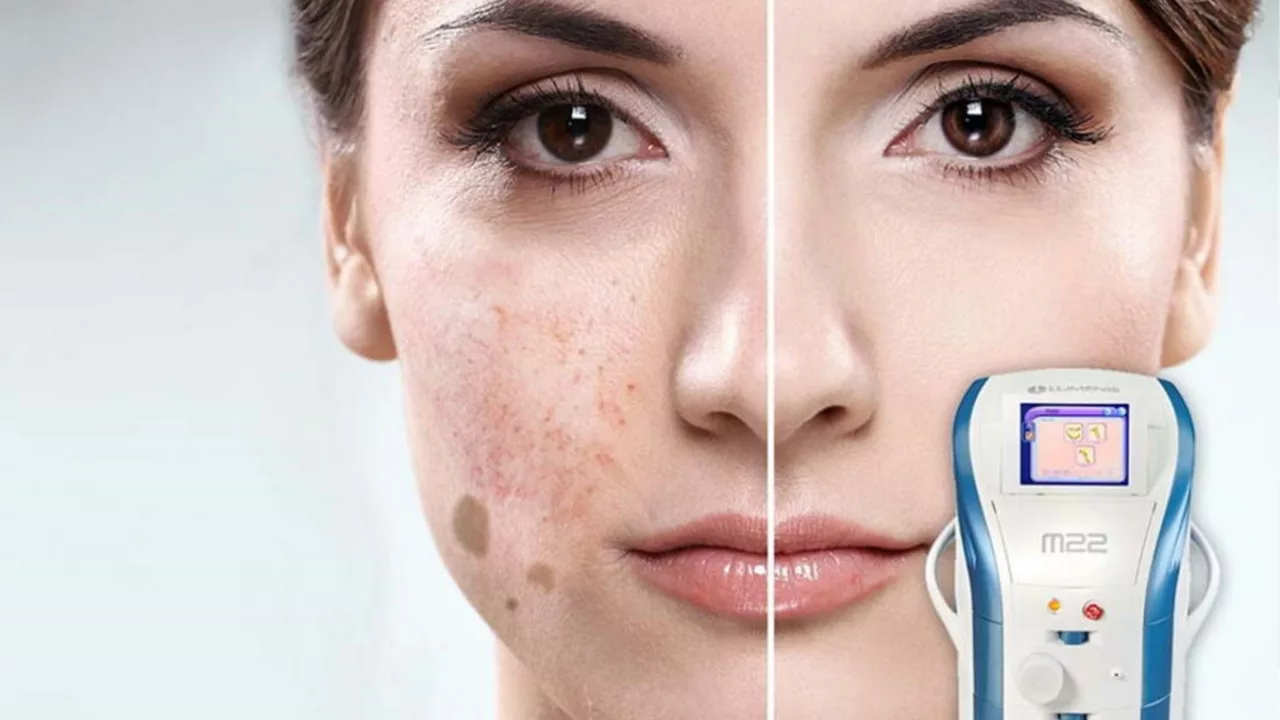Methoxsalen: What it treats and how PUVA works
One pill plus special UVA light — that’s the simplest way to describe methoxsalen therapy. Used mostly for conditions like vitiligo, severe psoriasis, and some types of cutaneous T‑cell lymphoma, methoxsalen makes your skin more sensitive to UVA so the light can do its job. It’s not a quick fix; it’s a medical treatment that needs careful planning and follow-up.
How PUVA sessions usually work
Methoxsalen comes as an oral tablet and as a topical preparation. For oral PUVA, you take the drug under a doctor’s guidance, wait the recommended time (often about an hour), and then get exposed to controlled UVA in a clinic. Sessions often repeat two or three times a week until you see improvement, and then the doctor may reduce frequency.
Topical methoxsalen is applied to affected patches before UVA exposure. It’s used when doctors want to limit widespread photosensitivity or focus treatment on specific areas. Your dermatologist will pick the form and schedule that best fits your condition, skin type, and health history.
What to expect and common side effects
Short-term effects can include nausea, headache, burning or redness where the light was applied, and increased sensitivity to sunlight. Because methoxsalen raises your skin’s response to UVA, accidental sun exposure can cause strong sunburns if you don’t follow precautions.
Long-term use raises concerns: higher risk of skin aging and an increased risk of skin cancer with many PUVA sessions over years. That’s why doctors limit total exposure and monitor skin closely. If you notice new or changing spots, tell your dermatologist right away.
There are important safety checks before starting. Don’t use methoxsalen if you’re pregnant or breastfeeding. If you have liver disease, skin that burns easily, or take other drugs that increase light sensitivity (certain antibiotics, sulfonamides, some antifungals), your doctor will weigh risks and may choose a different plan.
Practical tips: wear UVA‑blocking sunglasses after taking the drug, avoid direct sunlight on treated days, cover skin when outside, and keep a clear schedule with your clinic so sessions and precautions line up. Keep a log of side effects and photos of treated areas if you can — that helps track progress.
Thinking about getting methoxsalen? Always use a prescription and a specialist’s supervision. If you’re shopping online, stick to licensed pharmacies and check for a valid prescription policy. Our site covers how to spot safe online pharmacies and questions to ask before you buy.
Methoxsalen and PUVA can work well for the right person, but they need respect and care. Talk with a dermatologist about alternatives (like narrowband UVB, topical steroids, or new topical immunomodulators) if you’re worried about risks or long-term exposure. Clear communication with your care team keeps treatment effective and safer.

How methoxsalen can improve the effectiveness of phototherapy for skin conditions
I've been delving into the fascinating world of phototherapy for skin conditions and discovered the role of methoxsalen in enhancing its effectiveness. Essentially, methoxsalen makes the skin more sensitive to light, which amplifies the impact of phototherapy treatments. This results in a faster and more noticeable improvement in conditions like psoriasis and vitiligo. So, not only does it speed up the process, but it also improves the overall results. It's definitely a game-changer in the field of dermatology.
Read more